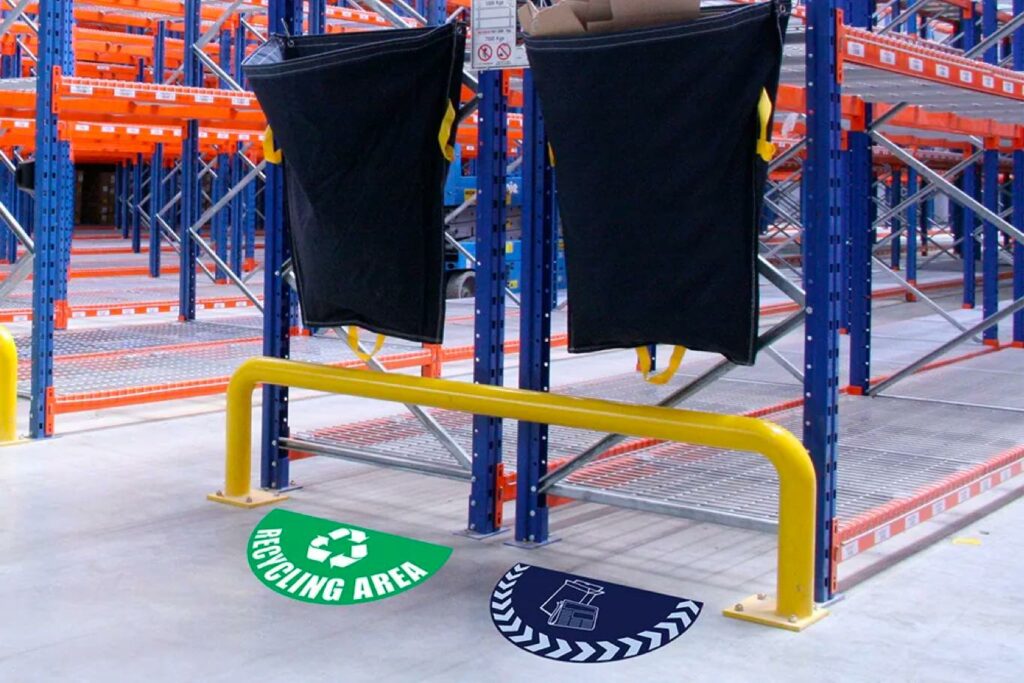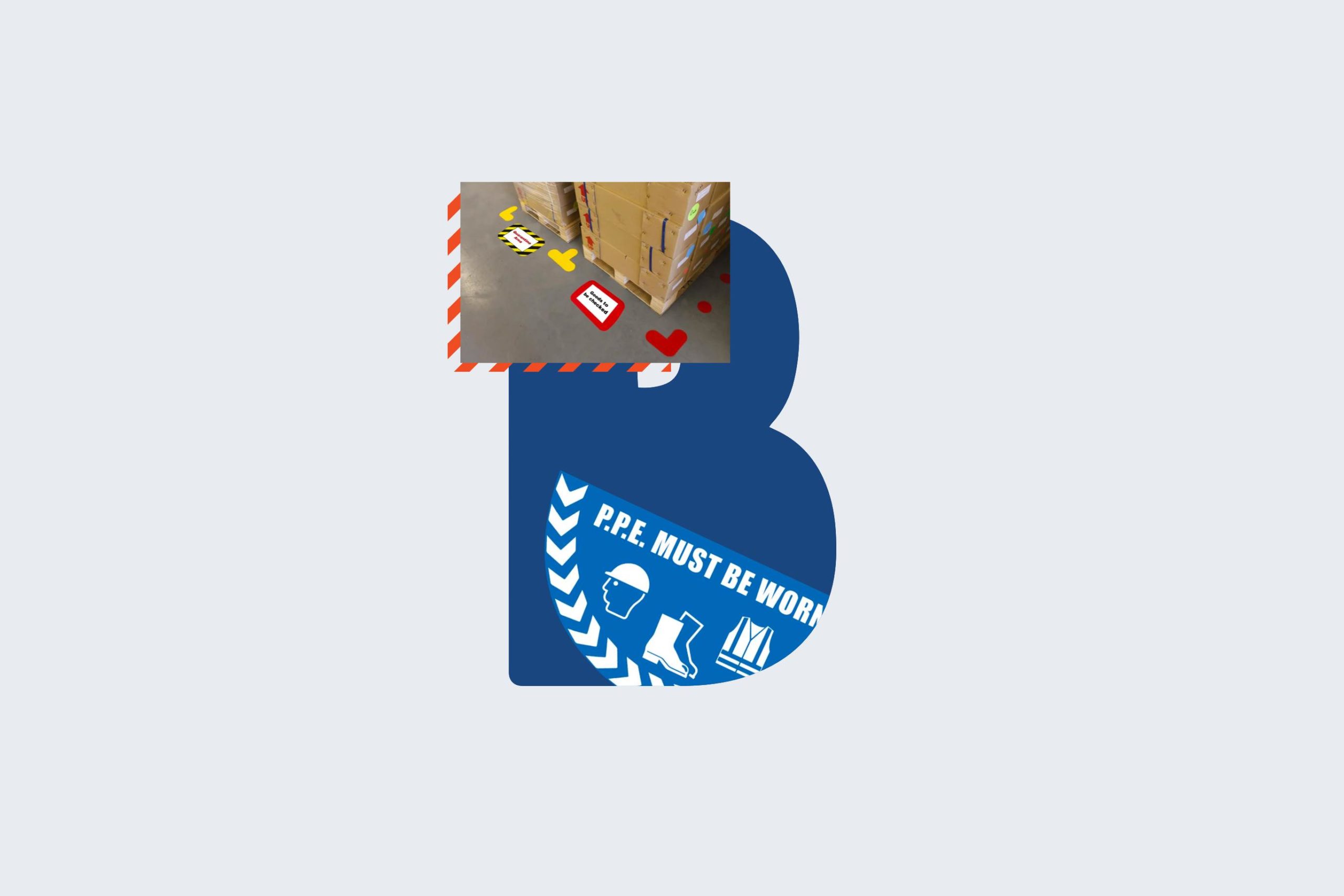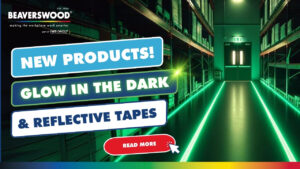Signage in workplaces can make everyday life much easier and keep productivity higher. However, it often serves a more serious role, particularly warehouse signage.
From school libraries to vast warehouse complexes, signage serves vital locational purposes. A sensible system of labelling can help staff and automation technology to find items quickly, limiting hesitation and worse still, error.
However, there are times when signs are literally there to protect the health and safety of people who work in that environment. Especially warehouse signage that keeps pedestrians and machines apart, or which reminds people about serious workplace hazards.
The Health & Safety Executive mandate on signage is: “Employers must provide safety signs if there is a significant risk that can’t be avoided or controlled in any other way.” That covers a lot of different situations!
As signs play such a vital role in all modern workplaces, we thought it would be handy to ‘spell out’ what your sector needs to consider.
Signage in public buildings
The type of signage needed by different sectors varies, though the core aims are the same.
For example, in schools, colleges, libraries, town halls and museums – just like warehouses and factories – the objective is to mount public building signage that creates a logical flow of movement and keeps important safety information ‘up front and central’.
From safety inspections and reports displayed on walls to vinyl floor signs.
Vital warehouse signage
Within industrial, fulfilment and logistics premises, signage needs become more complex, though. Especially warehouse signage, where slips, trips, falls and collisions are a daily risk.
Fortunately, floors, structures like columns, racking systems and even glass can all be used to provide warehouse staff with essential directional and hazard warning information.
Some warehouse signage needs to be permanently fixed in place – such as signs to indicate where forklift trucks operate and exit points. However, regular reviews are still vital as information fatigue and sign ‘blindness’ can creep in.
When doing a risk assessment to make sure warehouse signage is still intact and doing its job, consider new ways to convey important information. This could refresh attention levels and adherence.
Fortunately, there are innovative warehouse safety products being developed all the time, to improve compliance and avoid accidents.
Racking up good signage protocols

Periodically the layout and workflow of a warehouse can be altered. Leading to the need to assess and update shelf and rack label holders, for example.
Again, this is not just about keeping productivity high and avoiding confusion or mistakes. If you have unequivocal and logical labelling for aisles, racking systems and shelves, it creates a confident and assured way of storing and then retrieving items. Less confusion equals a safer working environment.
A sign of the times

Whichever sector you operate in, you may need to review COVID-19 safety signage regularly. Have you got sufficient clear floor-level information about safe distancing and plenty of reminders about PPE protocols? Complacency can be counteracted by upgrading or changing your signage and information periodically.
Checklist of key signage
One of the easiest ways to update warehouse signage – and safety information in other sectors – is to hit the floor! There are cheap, easy to use floor markers and half circle markers to cover vital messaging. This includes:
• Forklift operational areas
• Fire extinguisher locations
• Fire exit locations
• Speed limits
• Hazardous areas.
Also, as racking poses a considerable risk, have you got the latest rack safety charts on display?
In laboratories and some manufacturing environments, you need specialist PPE and safety equipment signs. Including reminders to wear eye protection and signage to show where equipment is available.
Does your building need signage for a Quarantine Area? That’s something else that can be achieved with floor markers.
Firm grip on safety solutions
It’s worth emphasising that some safety signage for workplaces needs to point people to vital equipment to enable them to respond quickly. For example, modulean shadow boards that hold cleaning apparatus to manage spills, first aid equipment or COVID-19 related items.
Warehouse signage – or signs in any sort of workplace – come down to this. You need to walk every square foot of your premises and consider all potential risks, then post up information wherever there is a “significant risk that can’t be avoided or controlled in any other way.”
If you need help with any of that, Beaverswood offers free safety product advice.




